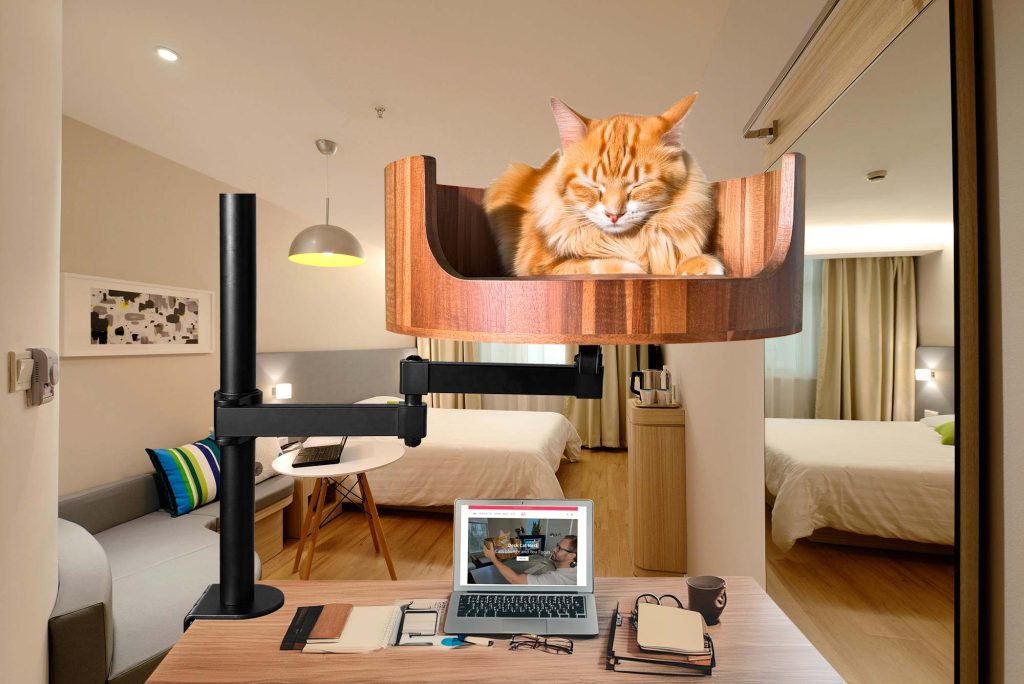Have you ever wondered if cats cry? While cats are known for their independent and seemingly aloof nature, they do exhibit emotions in their own unique way. Understanding feline emotions and behavior can help cat owners better care for their furry companions and strengthen the bond between human and feline. In this article, we will delve into the fascinating world of cats’ emotions and behaviors, exploring whether or not cats cry and how they express their feelings in various situations.
From purring to kneading, cats display a wide range of behaviors that indicate their emotional state. While some may argue that cats do not cry like humans do, they do have their own ways of showing distress or sadness. By observing their body language, vocalizations, and interactions with their environment, we can gain insight into the complex emotional lives of our feline friends. Additionally, understanding the reasons behind certain behaviors can help cat owners provide a supportive and nurturing environment for their cats. Join us as we uncover the mysteries of feline emotions and behavior, shedding light on the question: do cats cry?
1. Cats do not cry emotional tears like humans, but they can exhibit behaviors that suggest distress or sadness.
2. Understanding feline body language and vocalizations can help pet owners recognize their cat’s emotions.
3. Common signs of emotional distress in cats include excessive grooming, hiding, and changes in appetite.
4. Creating a comfortable and safe environment for your cat can help alleviate stress and promote positive emotions.
5. Consulting with a veterinarian or animal behaviorist can provide further insight into your cat’s emotional well-being.
The Nature of Feline Tears
Cats have tear ducts that produce tears to keep their eyes moist and to remove debris. However, unlike humans, cats’ tear ducts do not produce tears in response to emotions such as sadness. Instead, excessive tear production in cats may be a sign of an underlying health issue such as an eye infection or allergies.
Signs of Emotional Distress in Cats
While cats may not cry like humans do, they can display signs of emotional distress through their behavior. Common signs of stress or anxiety in cats include excessive grooming, aggression, hiding, and changes in appetite or litter box habits. Understanding these behavioral cues can help cat owners address the underlying cause of their feline friend’s distress and provide appropriate support.
Helping Cats Cope with Emotions
Creating a calming environment for cats can help them cope with emotional distress. Providing a safe and quiet space, engaging in interactive play, offering mental stimulation, and maintaining a consistent routine can help reduce stress and anxiety in cats. Additionally, seeking guidance from a veterinarian or animal behaviorist can be beneficial in addressing more complex emotional issues in cats.
Frequently Asked Questions
Do cats cry?
Yes, cats can cry, but not in the same way humans do. Cats may produce tears to lubricate their eyes, but they do not shed tears in response to emotions like humans do. If you notice your cat producing excessive tears, it could be a sign of an underlying health issue that should be evaluated by a veterinarian.
How can Desk Cat Nest help with a crying cat?
Desk Cat Nest provides a cozy and secure space for your cat to retreat to when feeling anxious or overwhelmed. By offering a quiet and safe environment, Desk Cat Nest can help reduce stress and promote a sense of calmness in your cat, potentially decreasing the likelihood of crying episodes.
Will my cat actually use Desk Cat Nest?
While we cannot guarantee that every cat will immediately take to Desk Cat Nest, many cats are naturally drawn to cozy spots and enclosed spaces. To encourage your cat to use Desk Cat Nest, try placing some familiar bedding or toys inside, and give your cat time to explore and acclimate to the new space.
Is Desk Cat Nest suitable for all cat breeds?
Desk Cat Nest is suitable for cats of all breeds and sizes. The plush interior provides a comfortable resting spot for cats of any shape or size, while the sturdy design ensures stability and durability for long-term use.
How do I clean Desk Cat Nest?
Desk Cat Nest can be easily cleaned by gently vacuuming or brushing off any hair or debris. For more thorough cleaning, the cushion can be removed and washed according to the care instructions provided with the product. Regular cleaning will help maintain a hygienic and inviting space for your cat.
In conclusion, the Desk Cat Bed is a valuable choice for pet owners concerned about their feline companions crying. By providing a cozy and comfortable space for cats to rest and relax, the Desk Cat Bed can help reduce feelings of stress or discomfort that may lead to crying. With its ergonomic design and soft materials, this product offers numerous benefits for both cats and their owners, including improved sleep quality, decreased anxiety, and enhanced overall well-being. Investing in a Desk Cat Bed is a wise decision for cat owners looking to provide their furry friends with a safe and soothing environment to prevent unnecessary crying.


